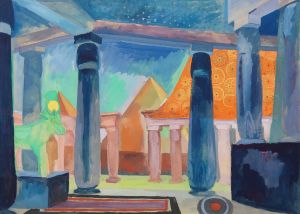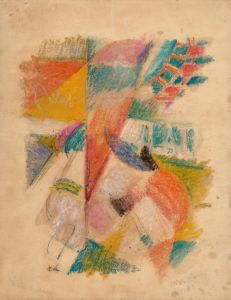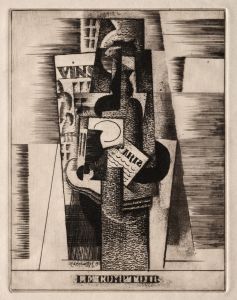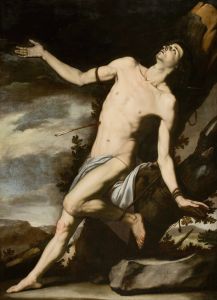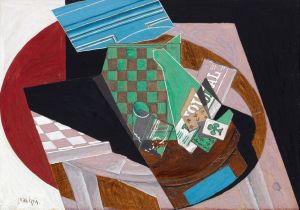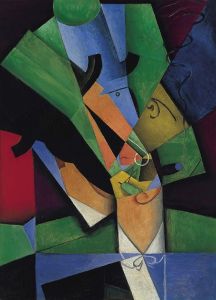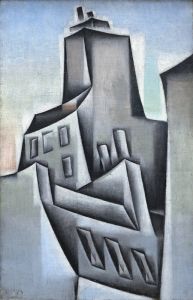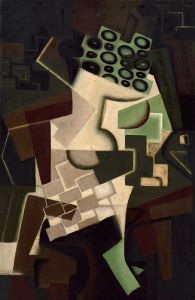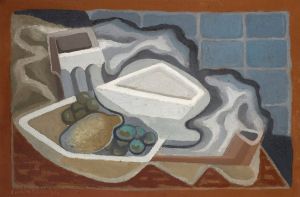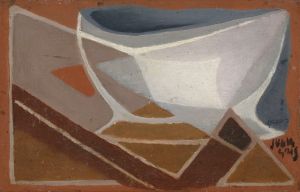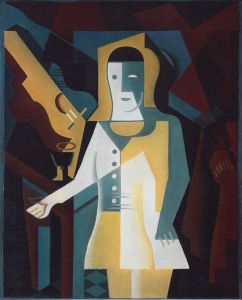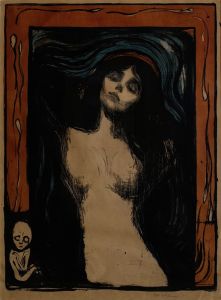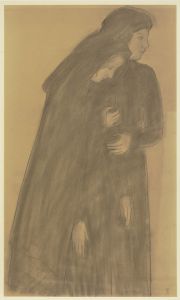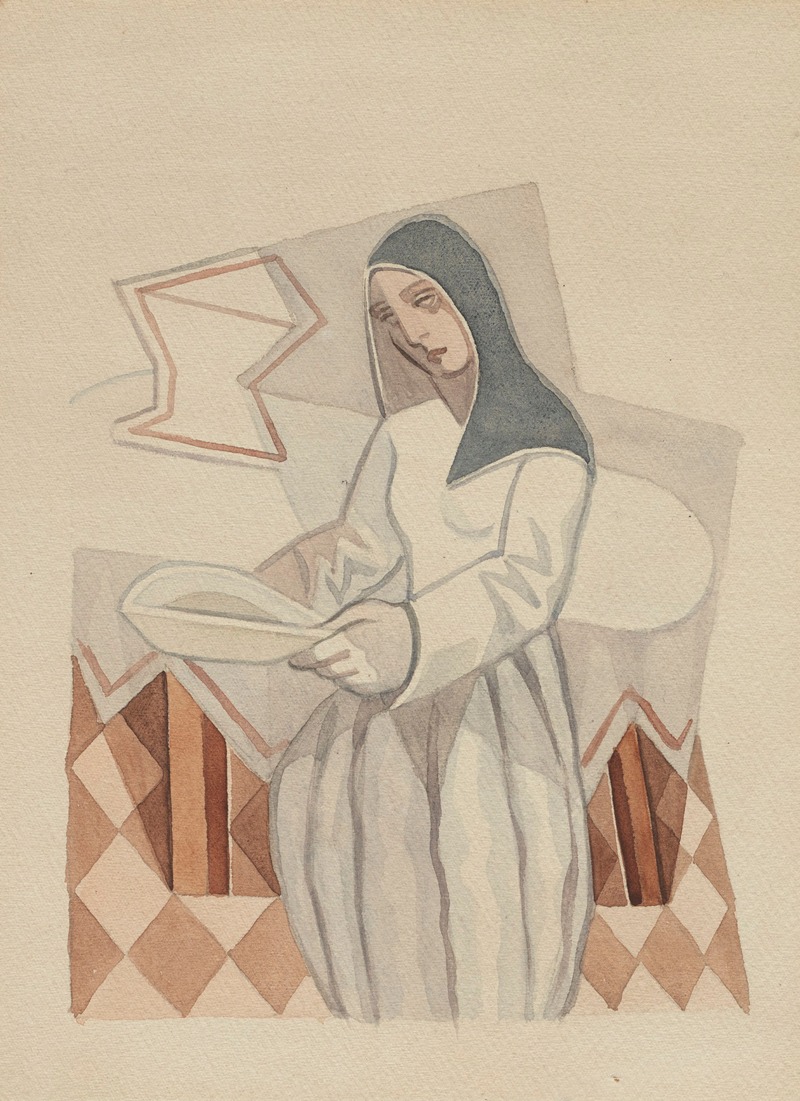
La Religieuse
A hand-painted replica of Juan Gris’s masterpiece La Religieuse, meticulously crafted by professional artists to capture the true essence of the original. Each piece is created with museum-quality canvas and rare mineral pigments, carefully painted by experienced artists with delicate brushstrokes and rich, layered colors to perfectly recreate the texture of the original artwork. Unlike machine-printed reproductions, this hand-painted version brings the painting to life, infused with the artist’s emotions and skill in every stroke. Whether for personal collection or home decoration, it instantly elevates the artistic atmosphere of any space.
La Religieuse, also known as The Nun, is a painting by the Spanish artist Juan Gris, created in 1914. Juan Gris, born José Victoriano González-Pérez, was a prominent figure in the Cubist movement, which was characterized by its abstracted forms and fragmented perspectives. Gris was known for his meticulous and intellectual approach to Cubism, often incorporating elements of collage and a refined sense of composition.
La Religieuse is a notable example of Gris's work during the height of the Cubist movement. The painting depicts a nun, rendered in a style that breaks down the figure into geometric shapes and planes, a hallmark of Cubist aesthetics. Gris's use of muted colors and subtle tonal variations adds depth and complexity to the composition, creating a sense of harmony and balance.
The painting reflects Gris's interest in everyday subjects, which he often transformed into complex, abstract compositions. By choosing a religious figure, Gris adds a layer of cultural and symbolic meaning to the work, inviting viewers to consider the intersection of spirituality and modernity. The fragmented forms and overlapping planes in La Religieuse suggest a dynamic interplay between the figure and the surrounding space, challenging traditional notions of perspective and representation.
Gris's approach to Cubism was distinct from that of his contemporaries, such as Pablo Picasso and Georges Braque. While Picasso and Braque often employed a more monochromatic palette and focused on the deconstruction of objects, Gris introduced a greater emphasis on color and a more structured, almost architectural approach to composition. This is evident in La Religieuse, where the careful arrangement of shapes and the subtle gradations of color create a sense of order and clarity.
La Religieuse is part of Gris's broader body of work that explores the possibilities of Cubism and its potential to convey both visual and conceptual complexity. His paintings from this period often incorporate elements of still life, portraiture, and landscape, blending these genres to create innovative and thought-provoking compositions.
The painting is housed in the Museo Nacional Centro de Arte Reina Sofía in Madrid, Spain, which holds an extensive collection of modern and contemporary art. The museum's collection includes several other works by Gris, providing a comprehensive overview of his contributions to the Cubist movement and his evolution as an artist.
Juan Gris's La Religieuse remains an important work within the context of early 20th-century art, exemplifying the innovative spirit of Cubism and the artist's unique vision. Through his careful manipulation of form, color, and composition, Gris created a painting that continues to resonate with viewers and scholars alike, offering a glimpse into the transformative power of modern art.





